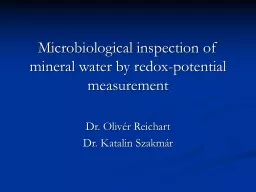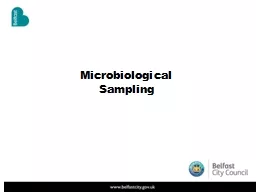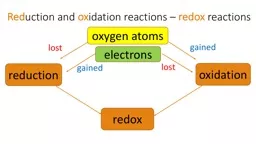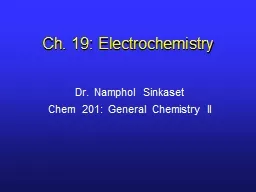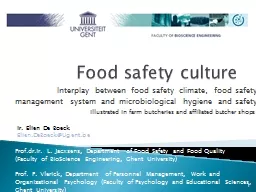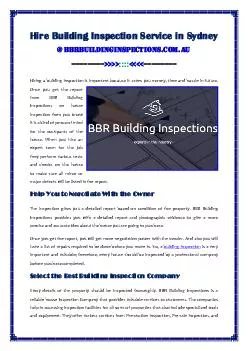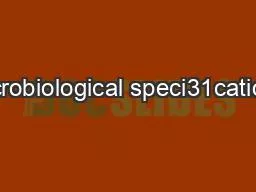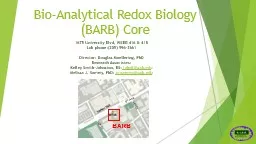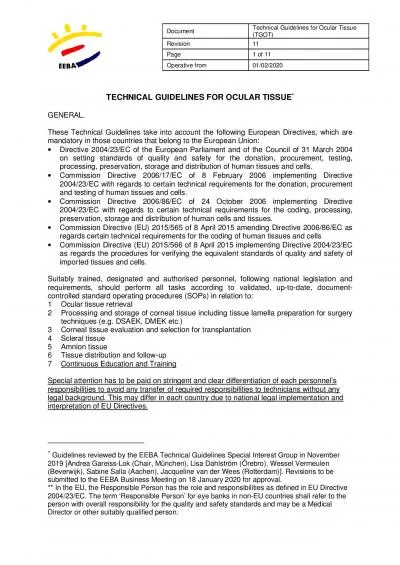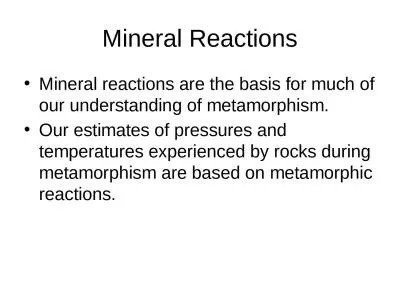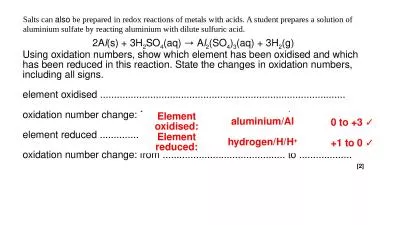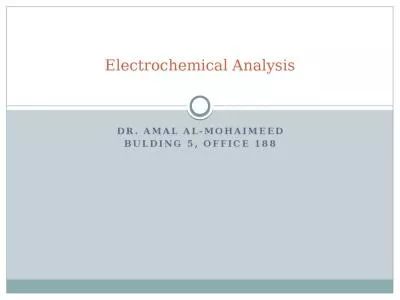PPT-Microbiological inspection of mineral water by redox-potential measurement
Author : bikersquackers | Published Date : 2020-06-23
Dr Olivér Reichart Dr Katalin Szakmár Introduction MicroTester as a validated method is suitable for rapid microbiological testing of mineral water carbonated
Presentation Embed Code
Download Presentation
Download Presentation The PPT/PDF document "Microbiological inspection of mineral wa..." is the property of its rightful owner. Permission is granted to download and print the materials on this website for personal, non-commercial use only, and to display it on your personal computer provided you do not modify the materials and that you retain all copyright notices contained in the materials. By downloading content from our website, you accept the terms of this agreement.
Microbiological inspection of mineral water by redox-potential measurement: Transcript
Download Rules Of Document
"Microbiological inspection of mineral water by redox-potential measurement"The content belongs to its owner. You may download and print it for personal use, without modification, and keep all copyright notices. By downloading, you agree to these terms.
Related Documents

